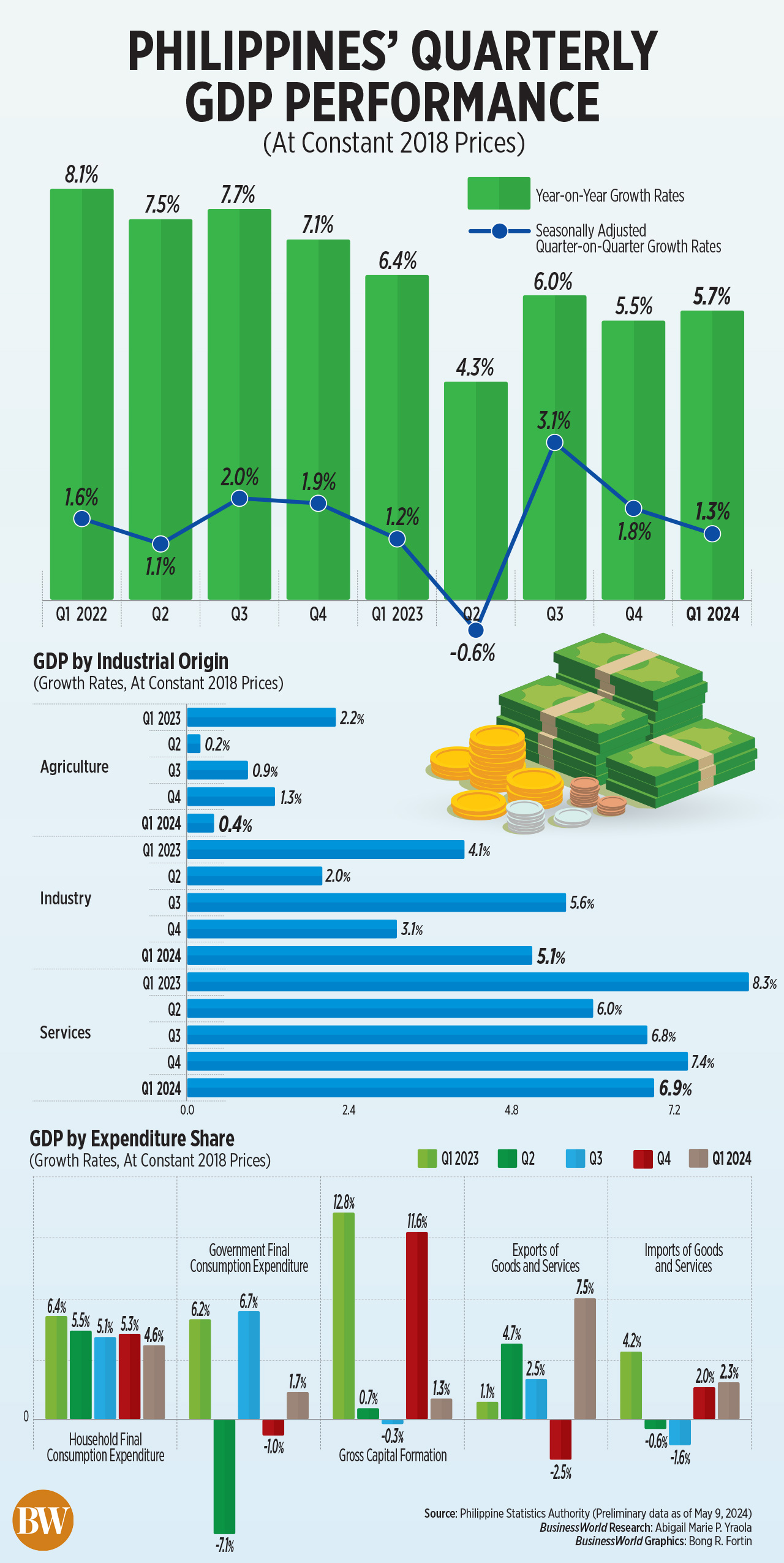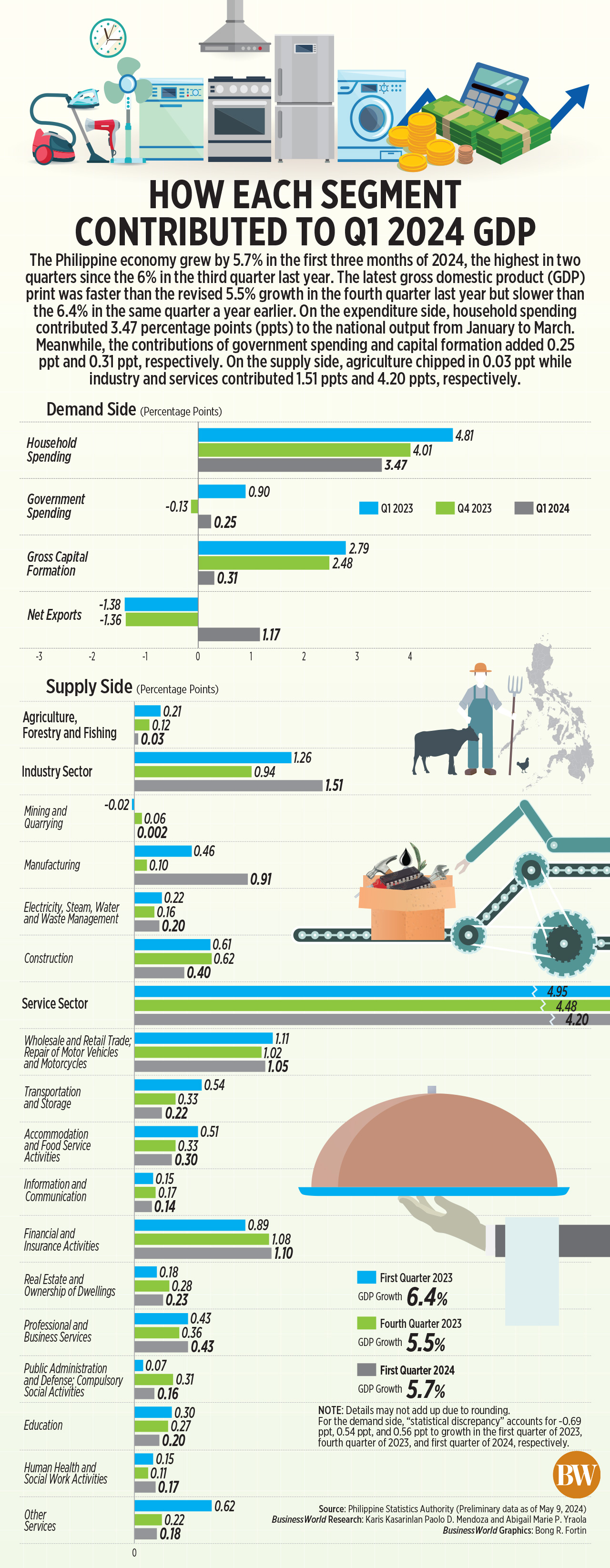THERE was rain and fog obscuring the beauty of Lantau Island, Hong Kong, when media guests were given a preview of Klook’s newest day tour, inspired by the Filipino-Thai film Under Parallel Skies.
The movie stars Filipino actress Janella Salvador and Thai actor Win Metawin as two unlikely souls, Iris and Parin, who meet and form a connection in Hong Kong. Their whirlwind romance takes them to destinations both familiar and off the beaten path, as they discover love and heartbreak.
While the weather made travel difficult, what with cloudy skies, wet roads, and humid air, the spots the group visited continued to pulse with tourists. Most were locations that the leads of the film had visited.
“About 35% of our customers come from Southeast Asia,” said Michelle Ho, Klook Philippines’ general manager, at an April 25 briefing the day before the tour. “Many of them are from the Philippines and Thailand.”
She added that, based on Klook’s 2024 Travel Pulse survey, Hong Kong is on the top five travel destinations for both countries, making it a perfect setting for Under Parallel Skies and its resulting tour offering.
The Under Parallel Skies Day Tour offers a choice of either the Lantau Island Day Trip (P3,443) or the City Guided Tour (P3,072).
Equipped with raincoats and umbrellas, the media guests only had time for the first package, which is the quieter, more nature-filled one of the two. It’s the right choice for those who have been to Hong Kong before and want to see a different side of the city beyond the trams, city lights, and harbor skyline.
TAI O FISHING VILLAGE
The starting point is the quaint Tai O Fishing Village, tucked away on the far end of Lantau Island. In the film, Iris and Parin’s visit to the peaceful village takes up a few scenes.
The Klook tour includes a boat ride around the fishing village. It is an interesting destination, with traditional wooden stilt homes contrasting with larger steel houses and traditional boats side-by-side with motorboats. Though locals have transformed the village’s façade over the years, the various structures floating on the water are painted different colors, ensuring a vibrant scene with a picturesque backdrop of mountains.
The boat ride concludes with sailing out of the village to the open sea for a chance to spot a dolphin. Perhaps because of the inclement weather there were none to be found, though the location allows one to glimpse part of the longest sea crossing in the world, the Hong Kong-Zhuhai-Macau Bridge.
After getting back on land, the tour continued to Tai O Market, where dried seafood, salted fish, and shrimp paste are the main delicacies. Its charm lies in the locals, who go about their day selling or buying seafood at the market as usual, deftly maneuvering to avoid the slow tourists in their way.
As part of the tour, visitors get a giant fishball on a stick that serves as a light snack before going to the nearby Buddhist Temple. The area is also home to colorful murals that adorn some of the village walls, perfect for picture-taking.
The fishing village is a living museum of Hong Kong’s maritime heritage amid a fast-developing world. Its local traditions endure to this day, such as the Dragon Boat Water Parade, usually held late in June, and the Lantern Festival that takes place in mid-autumn.
To end this part of the tour, the guide handed out frozen pineapple treats, a common summertime snack among locals that want to beat the heat.
BIG BUDDHA
Next up was the most popular destination on Lantau Island (though since Disneyland was built, it has faced serious competition). The Big Buddha, also known as the Tian Tan Buddha, is a giant bronze statue sitting atop a hill.
The behemoth structure, all cast in bronze, stands at 112 feet and weighs 250 metric tons including the lotus leaf throne on which the Buddha sits. Because of its massive size, it really looks like a protective guardian of the mountain and forests as it overlooks the valley of Ngong Ping.
Despite its imposing figure, the Buddha’s raised right hand shows that this is the Protection Buddha, one that has reached enlightenment and can guard from fear, anger, and delusion and show compassion to those suffering.
And suffer you will — since you must first climb 268 steps to reach the statue. This attracts Buddhist pilgrims who are engrossed in prayer as they climb. Even if you aren’t interested in the religion, seeing the magnificent craftsmanship up close and taking pictures of it might make the climb worth it.
Unfortunately, the day the media tour was held was rainy and overcast, so fog obscured the Buddha. Its high placement and sheer size apparently make it visible from many points in Lantau Island, but that afternoon it was totally covered in fog even from the foot of the long staircase.
If poor weather doesn’t deter you from the climb, you will still be rewarded — with ominous shots of the Buddha shrouded in fog. It may look a bit creepy, but it is kind of cool to have a protective Buddha looking out for you in the mist.
The Po Lin Monastery, which built the statue in 1993, is a short walk from the foot of the monument itself. The tour includes a vegetarian lunch at its in-house restaurant. If that isn’t your thing, nearby Ngong Ping Village, the next stop in the tour, has many other restaurants in its vicinity.
NGONG PING CABLE CAR
The tour ends with a cable car ride away from the beautiful mountain views at Ngong Ping Village via the Ngong Ping Cable Car. This ride connects the upland area with Tung Chung down below, and it features 360-degree views of Lantau Island’s green terrain and the ocean beyond Hong Kong.
Again, the inclement weather meant the view was obscured by fog, so in cases like these you may simply enjoy the light breeze as the cable car makes its way down the mountain. On a clear day, the 5.7-kilometer rescue trail etched in the forests below would be visible.
As the cable car reached the foot of the mountains and turned toward its end at the Tung Chung Station, the fog eventually cleared to reveal the cityscape and highways as well as the nearby Hong Kong International Airport.
Upon leaving the cable car, the tour officially ends. At that point, you have many options as to where to go next — shopping at the adjacent Citygate Outlet mall or going exploring via the Tung Chung MTR station next to it. Many hotels also offer shuttles straight from this area to their properties, including the luxurious Sheraton Tung Chung.
The Under Parallel Skies Tour is now available on Klook. — Brontë H. Lacsamana
















